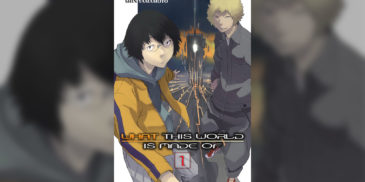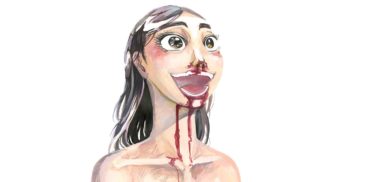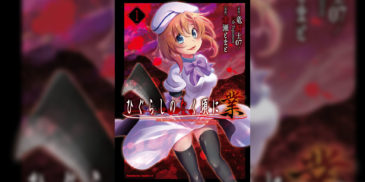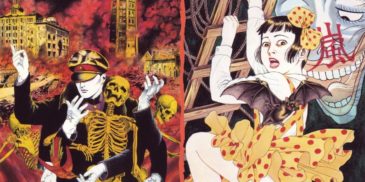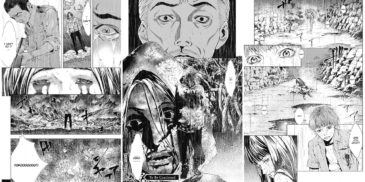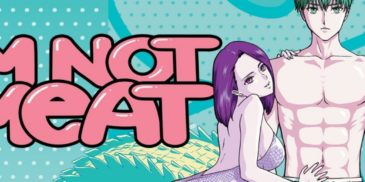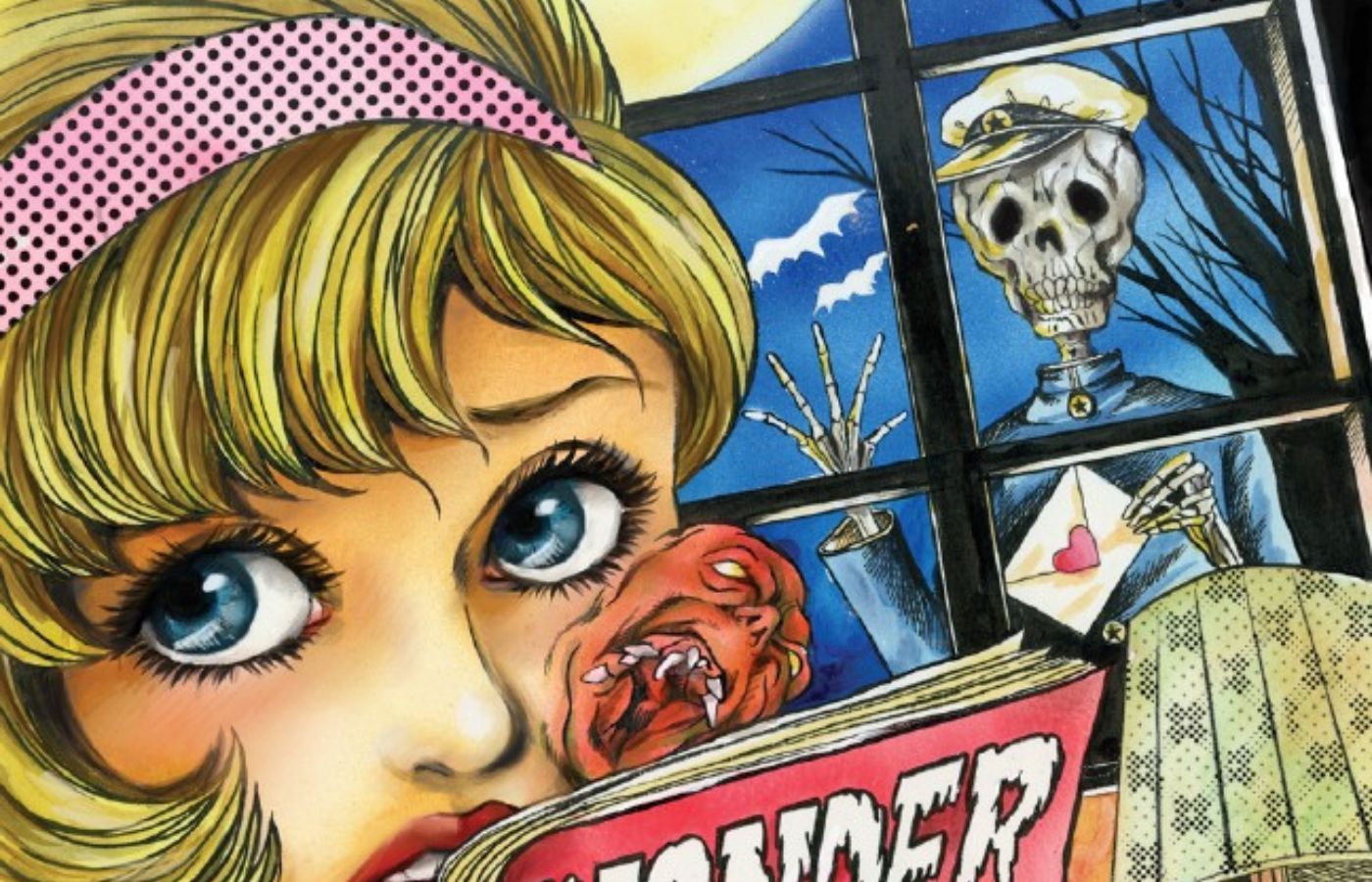
Collecting 10 stories of the macabre from Miyako Cojima, Wonder House of Horrors marks an impressive introduction of the mangaka to the West. Across the varied stories, Cojima distorts the obsessions of her victims where desires for beauty, popularity, and romance are distorted in perverse ways. Sprinkled with gore and dark humor, Wonder House of Horrors is a frightfully entertaining compendium that puts Miyako Cojima on par with some of the biggest names in horror manga.
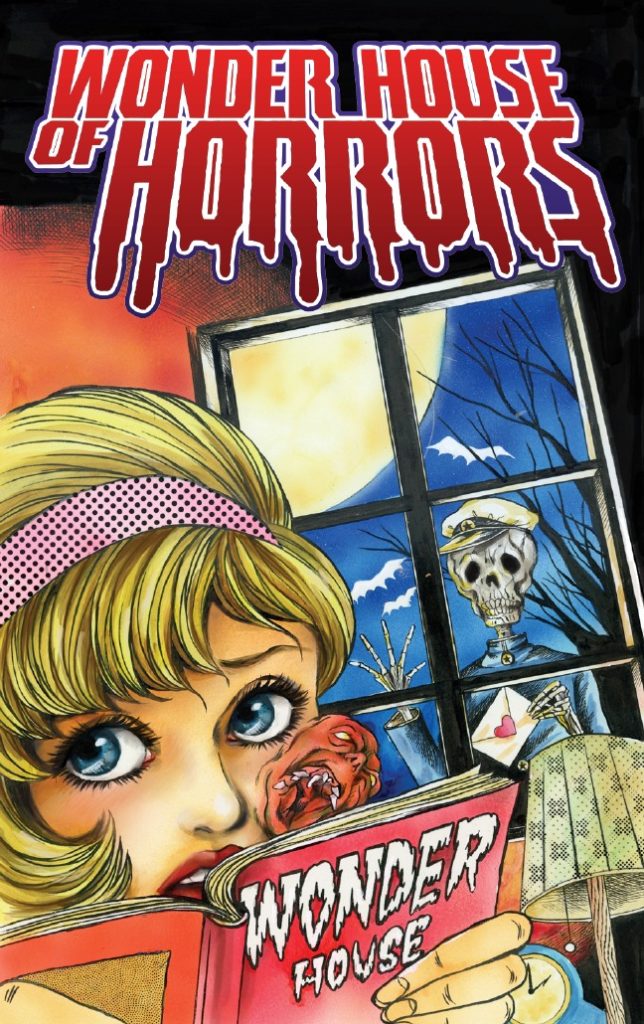
It is undeniable that Cojima has a unique voice in horror, in part by being one of the few women in the genre now getting representation in the West. However, there are stylistic choices within the work that will feel familiar to other standouts such as Hideshi Hino and Shintaro Kago.
The stories have a dark sense of humor and penance for the misery that reflects the dark ruminations of a Hino protagonist. Alternatively, the obsessions with pop culture along with the innocence of youth and the subsequent deconstruction of it touch on the themes that are often explored in Kago’s twisted school stories. Still, Wonder House of Horrors feels unique in its execution, and the comparisons act in favor of the work instead of making claim that they are limitations.
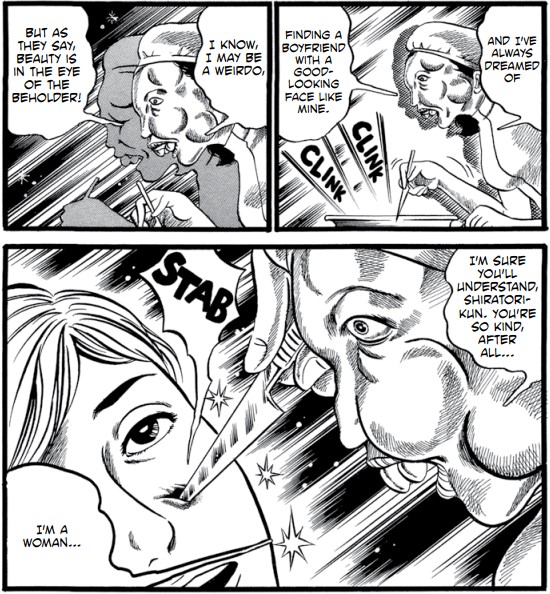
The series stays consistently entertaining throughout the 10 stories with none of them failing to offer up amusing or terrifying scenarios. However, the briefness of a few segments does give the impression of Cojima trying to rush to the punchline. This does not indicate a lack of quality, but it is undeniable that certain stories are better developed than others.
For example, the retelling of the iconic story of yuki-onna (snow-woman) where ice breath is replaced by bad breath is amusing but one-note. Comparatively, the short “Chocolate Man” (my personal favorite) could easily be expanded into a full book/series as it does an exemplary job of creating both a memorable monster and lore behind it within its short span.
The art is as playful as the themes of horror themselves, with Cojima gleefully transitioning between over-the-top gore to the smiling face of young hopefuls. At the same time, it is a style that does not take itself too seriously and sometimes uses that element to comedic effect. Similarly to Hideshi Hino, there are moments where the visuals come across as cartoonish. Yet, again like Hino, when taking in the full spectrum of the work Cojima’s skill as a visual storyteller is undeniable, and moments that come across as cartoonish are an aesthetic choice to convey certain themes in the work.
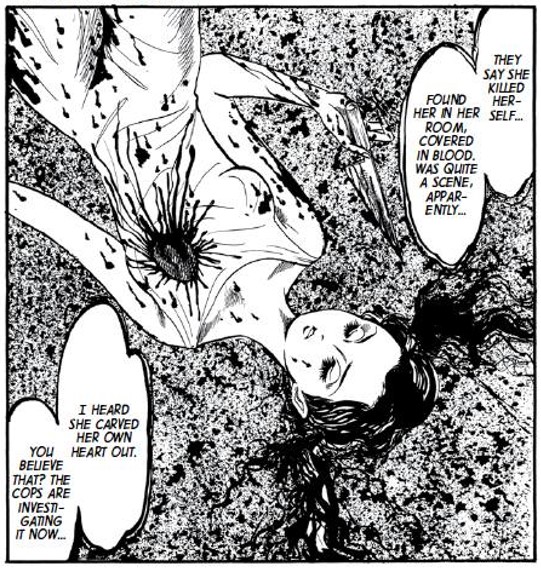
Ultimately, Wonder House of Horrors offers everything that the horror fan is looking for in an anthology release. The stories feel on par with some of the creators that have earned a deserved cult status in the genre while still having a unique edge in the way Cojima blends gore, dark humor, and pop-culture deconstructionism. It is a release that horror fans should check out.
Wonder House of Horrors adds to the strong line-up of horror titles that Star Fruit Books has been acquiring as of late. The publishing company is already responsible for bringing Hideshi Hino back into print with their wonderful release of Town of Pigs and will be introducing the West to new exciting creators like Takayama Tatari and Noroi Michiru. Make sure you follow the publisher going forward–they even plan to release Panorama of Hell which by many is considered the best work by Hideshi Hino.
Wonder House of Horrors is Currently Available for Purchase through Star Fruit Books
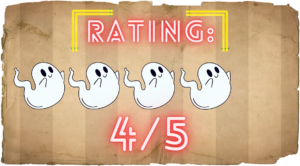
More Manga Reviews
Note: This review covers Volume 1 What This World is Made Of is a three-volume psychological action mystery manga, written and illustrated by legendary mangaka Shin Yamamoto. Having created a… Whenever Mako Higari comes in contact with something she perceives as dirty, she gets a massive nosebleed. Brought on by severe childhood trauma from her mother’s distrust of men and… Higurashi: When They Cry – GOU is a 2-volume psychological horror manga written by Ryukishi07/7th Expansion and illustrated by Tomato Akase. Ryukishi07 is a Japanese author, artist, and representative of… Horror is a tool. A tool used by the architect in order to design a macabre landscape, layered with mountains of fear and embedded with the riverbanks of mystery. Suehiro… Siren, or Forbidden Siren in PAL areas, is a horror video game series in a Japanese style, created by Keiichiro Toyama (also known for the games Silent Hill 1 and… Handsome Usahara Kunio has no shortage of women falling for him, as a competent career man with a well-tuned physique, all his coworkers are left wondering; why is this catch…What This World is Made Of Vol. 1 (2021) Manga Review – A Highly Kinetic Piece of Work
Drip Drip (2022) Manga Review – Eruptive Erotic Sanguination
Higurashi: When They Cry – GOU: Volume 1 (2023) Manga Review – I Know Why The Cicadas Scream
Suehiro Marou – Icon of the Modern Erotic Grotesque Scene
Siren Rebirth Manga Review – Volume 3 & 4
I’m Not Meat (NSFW) Manga Review – Fighting Those Animalistic Desires
